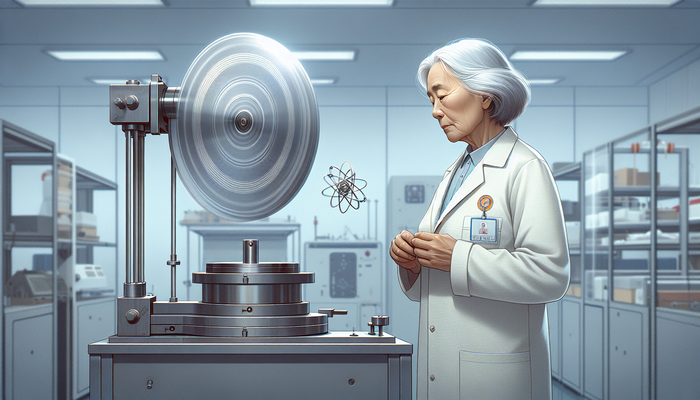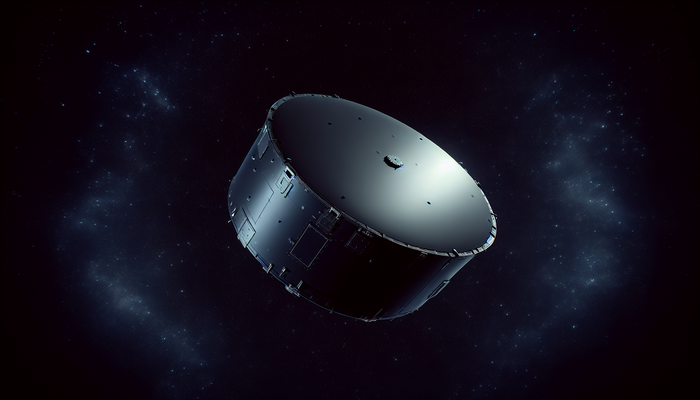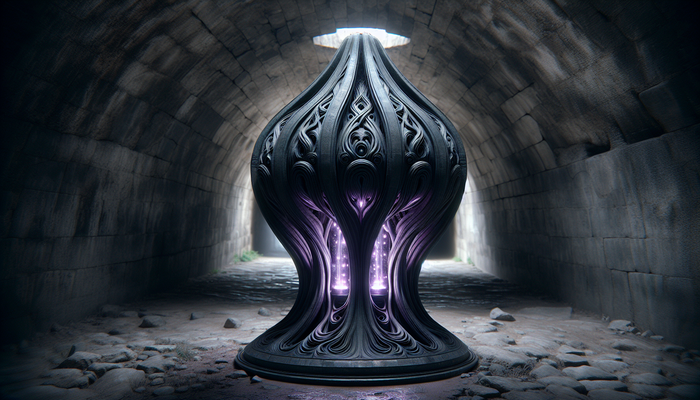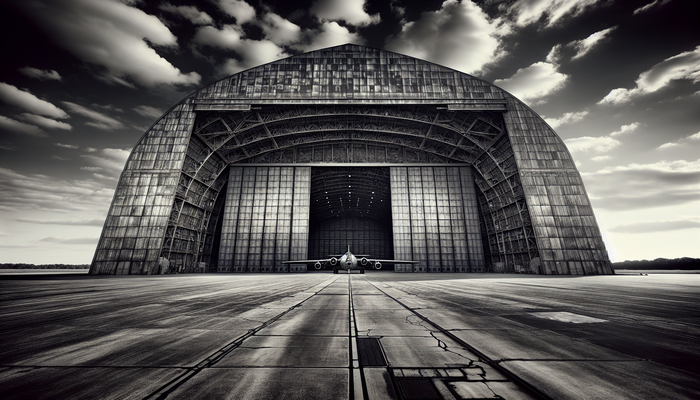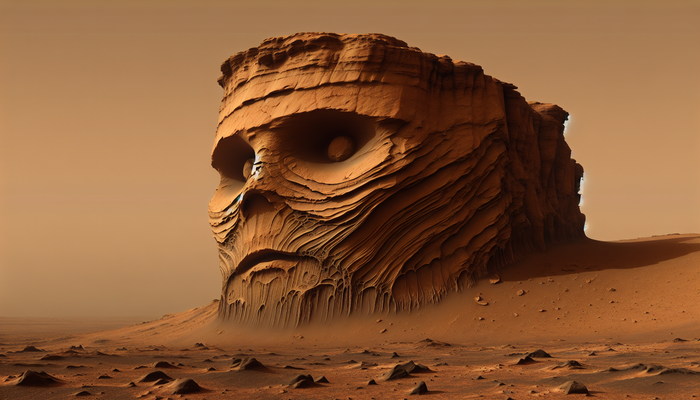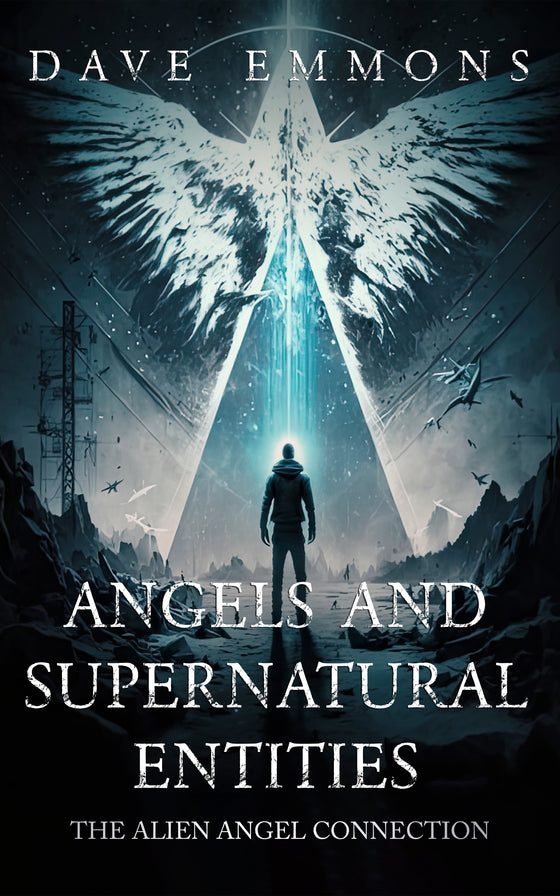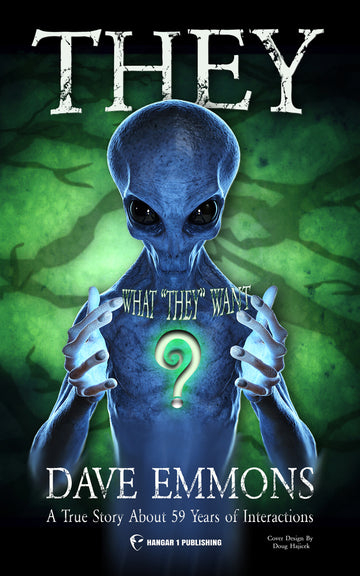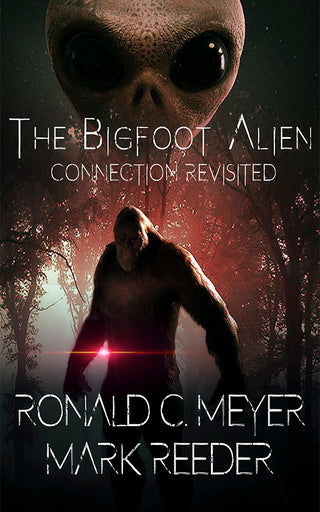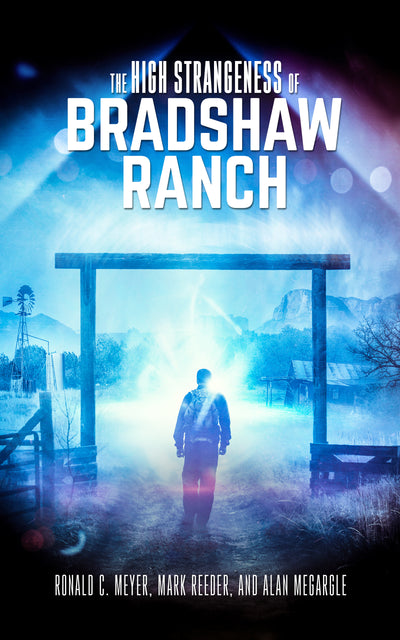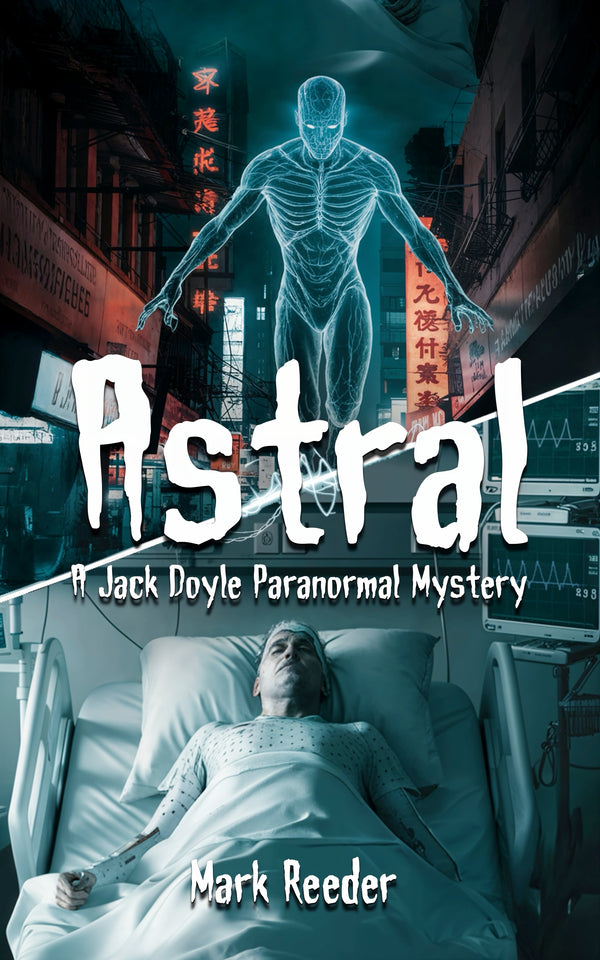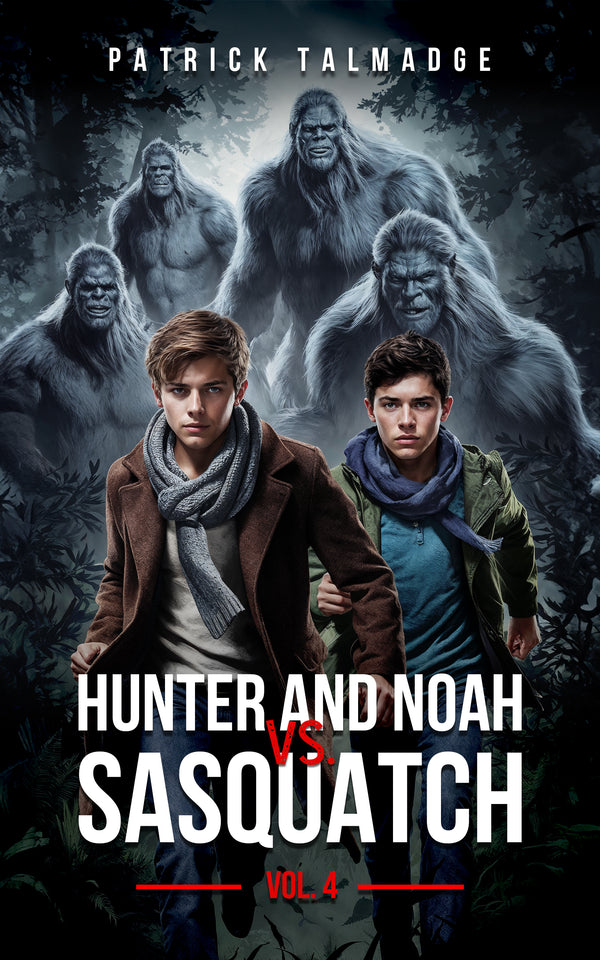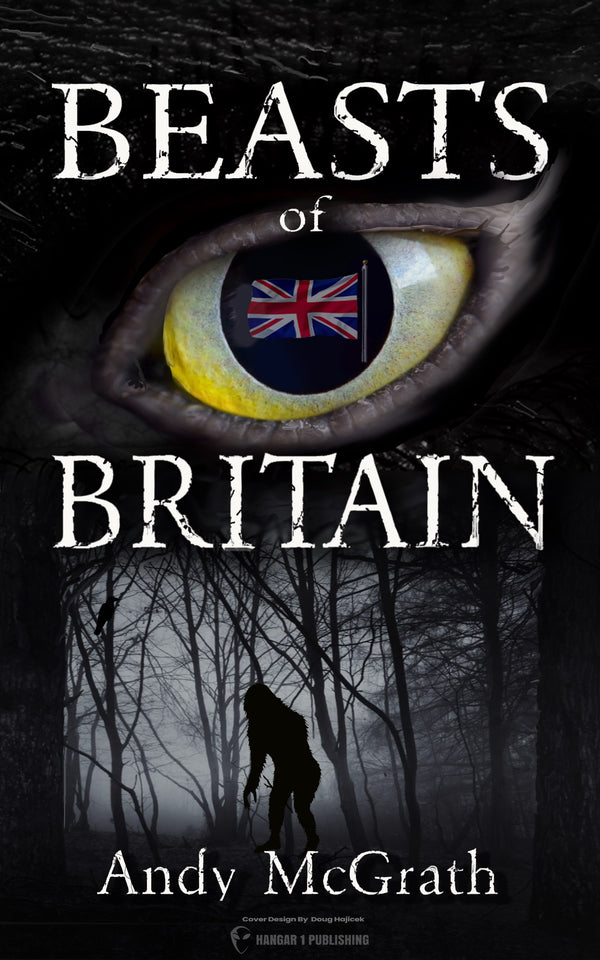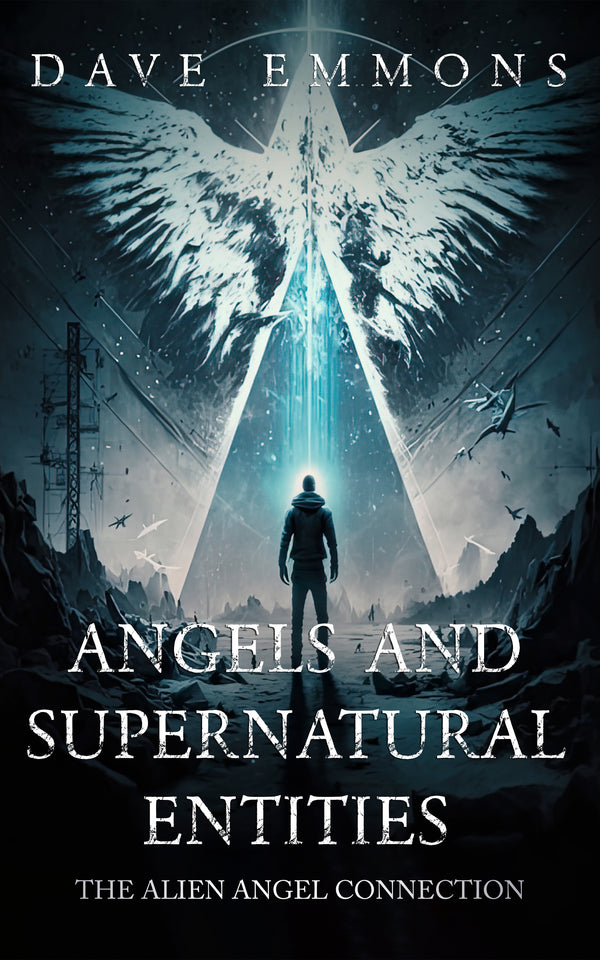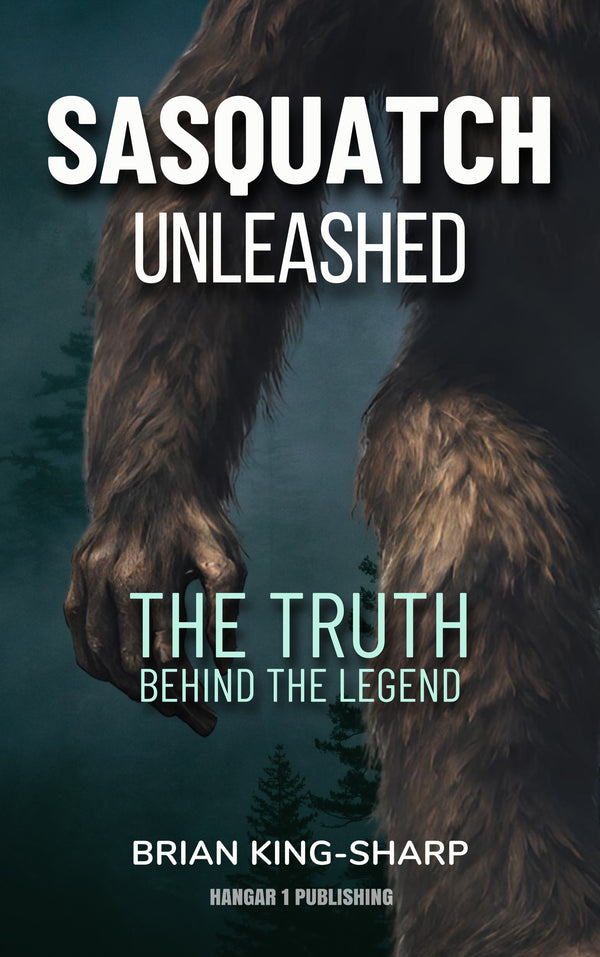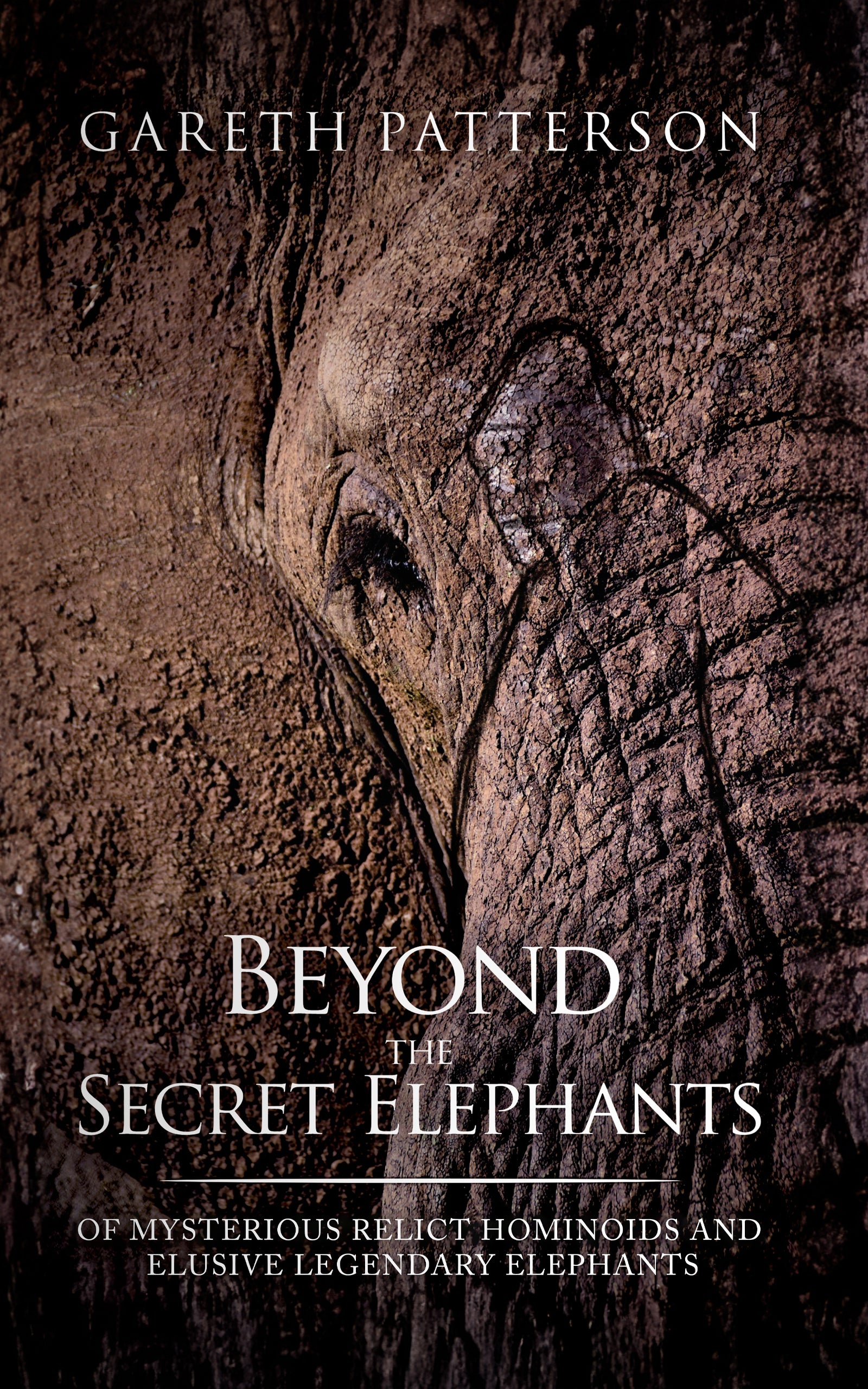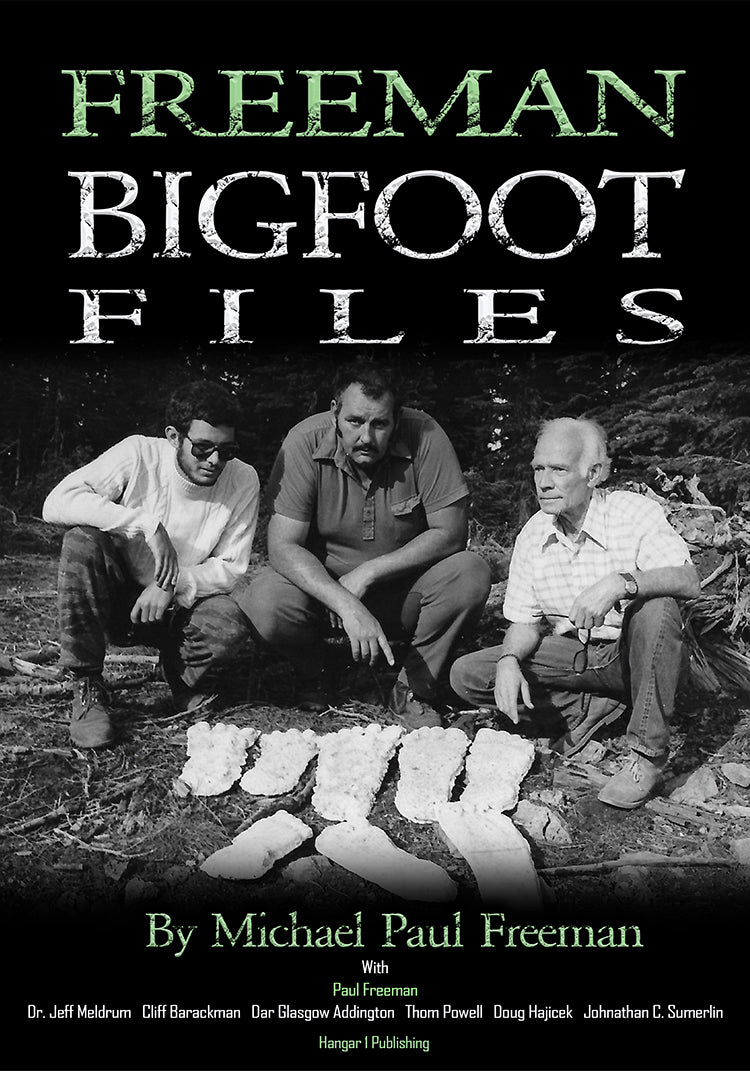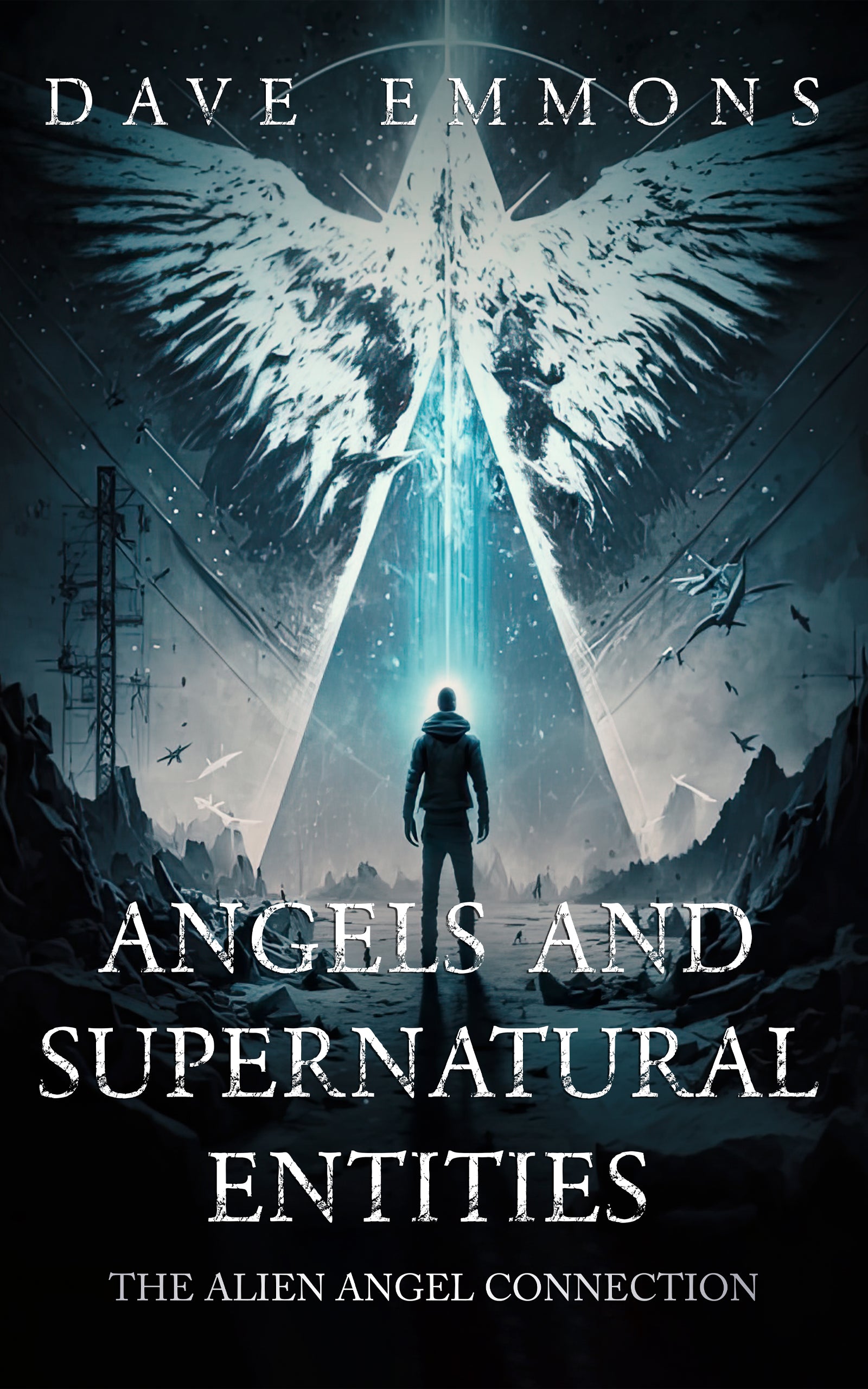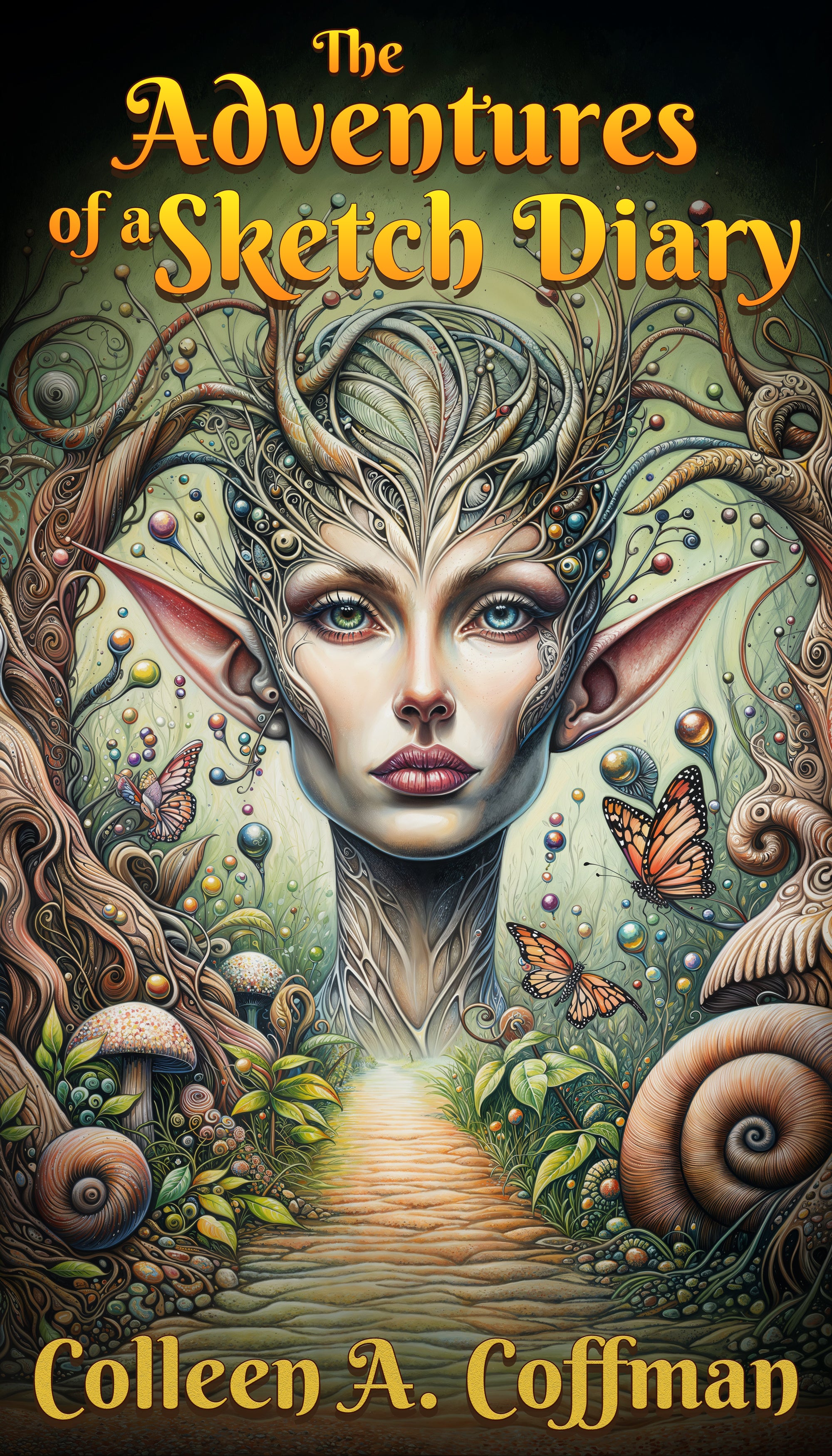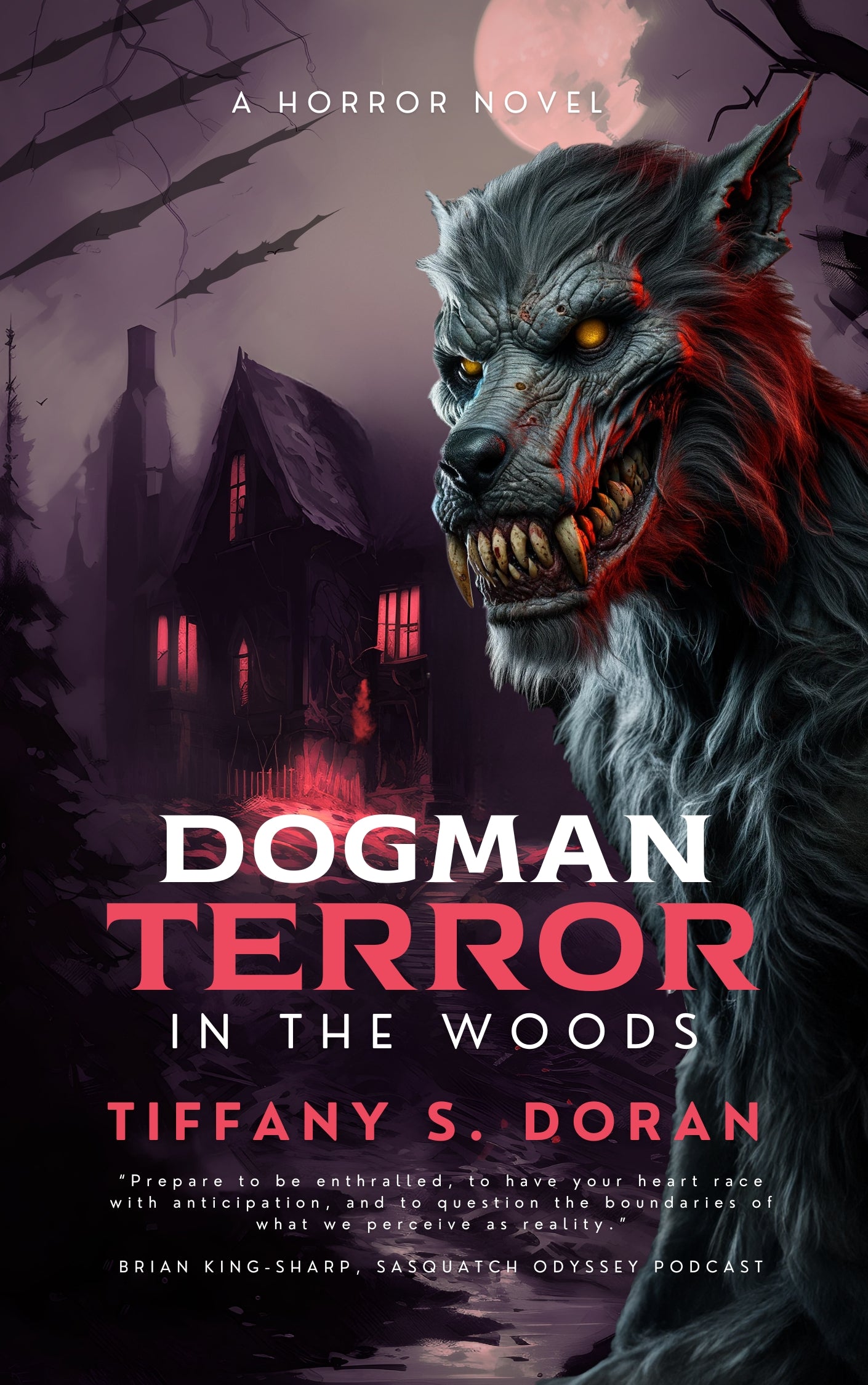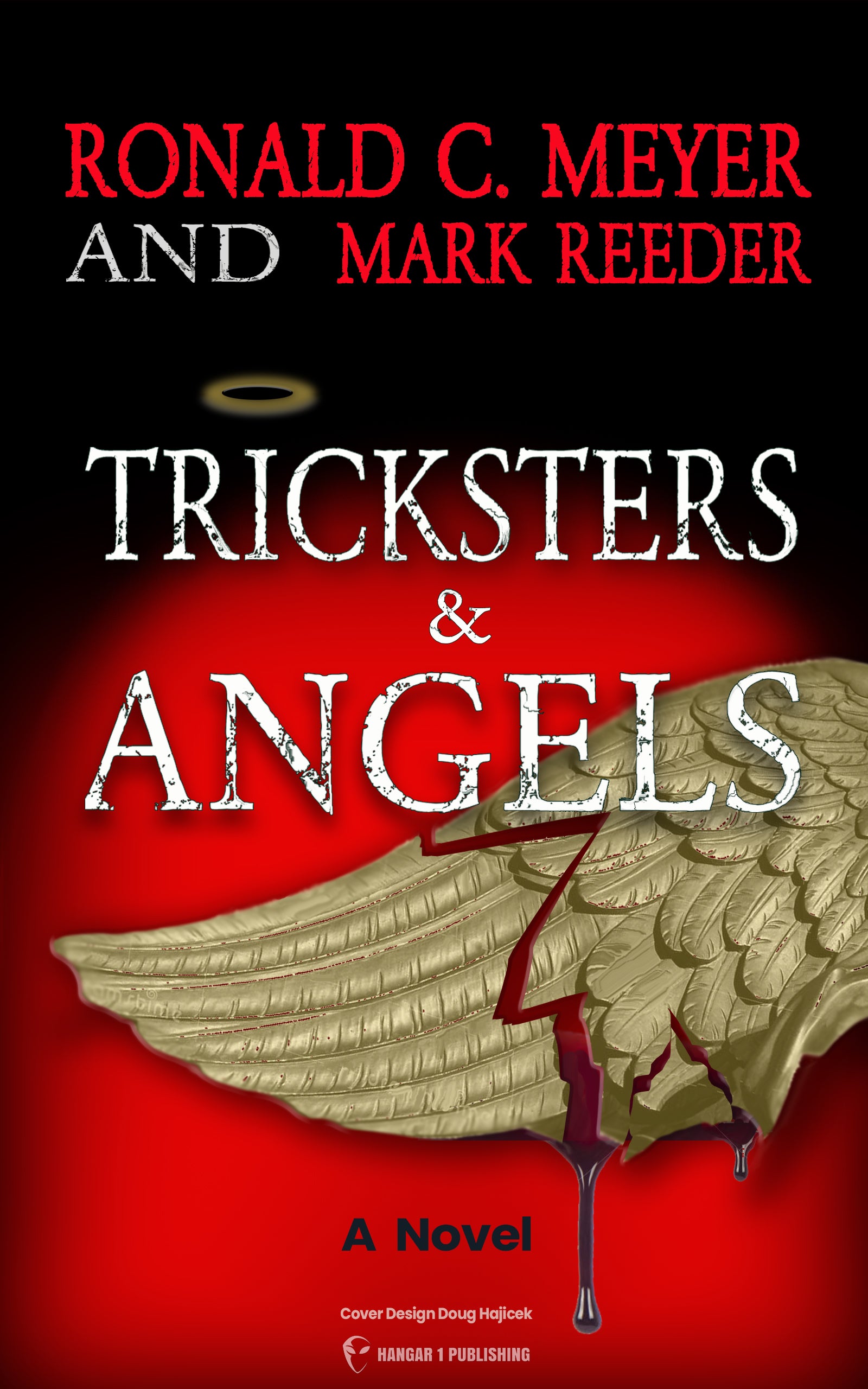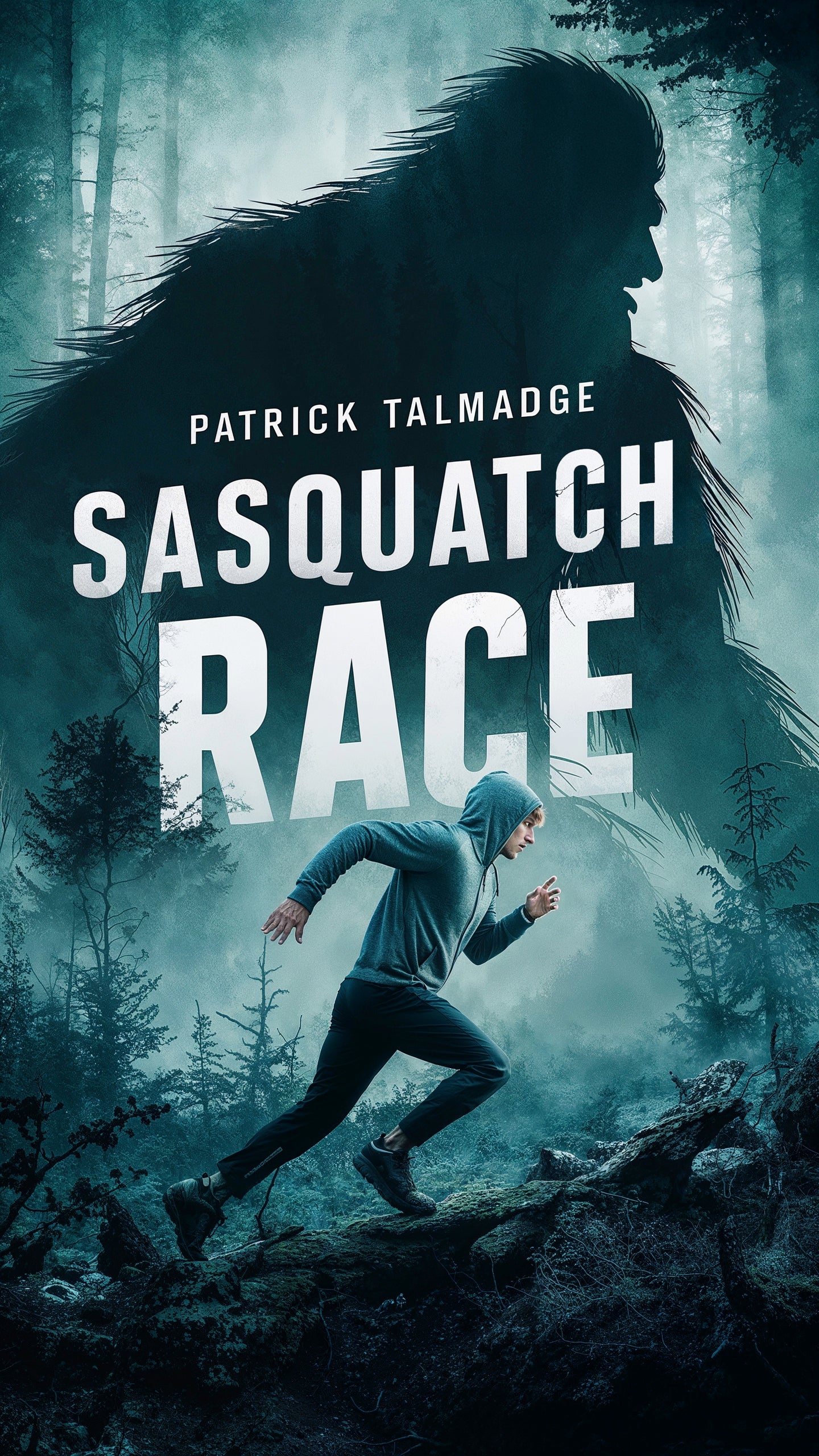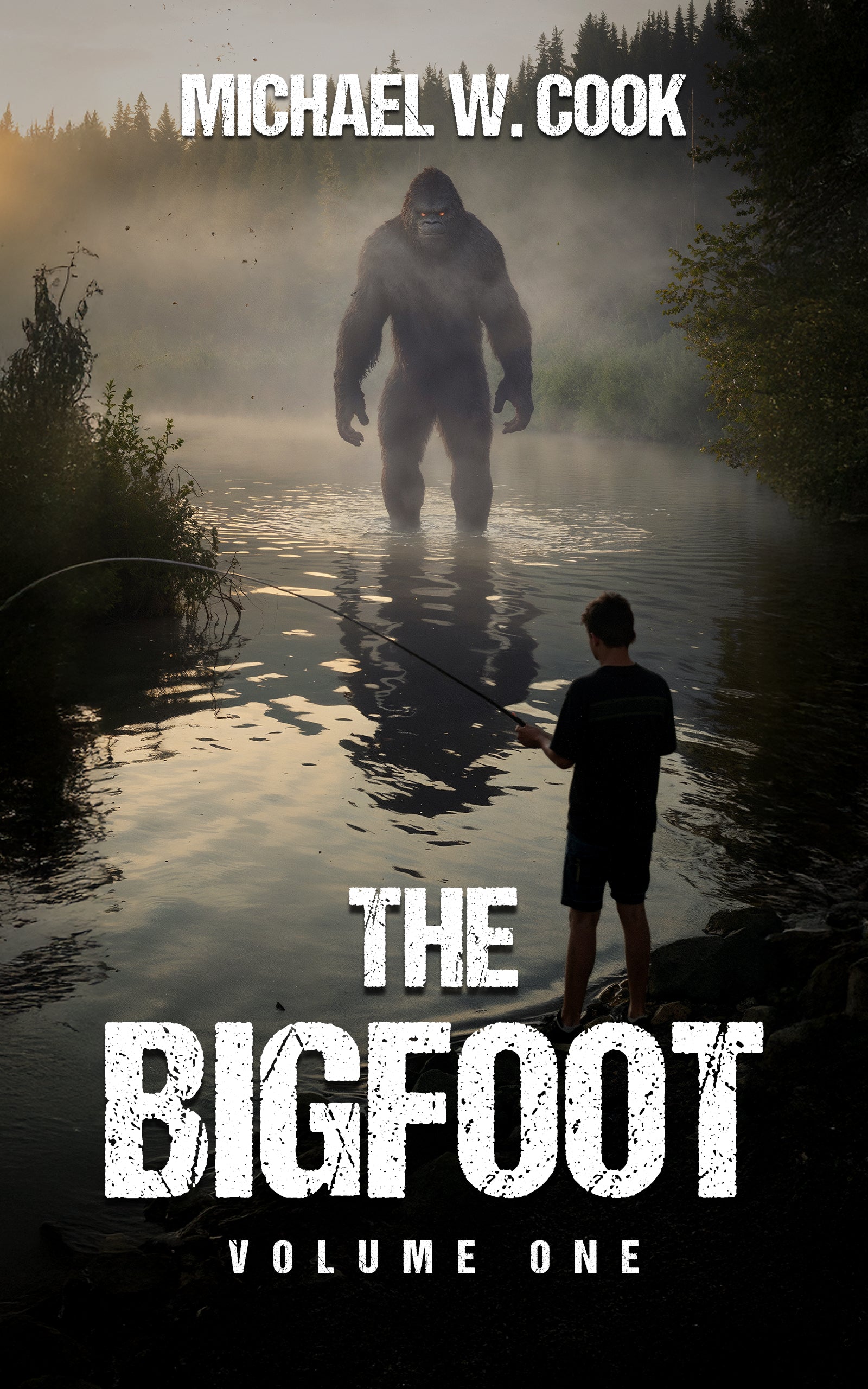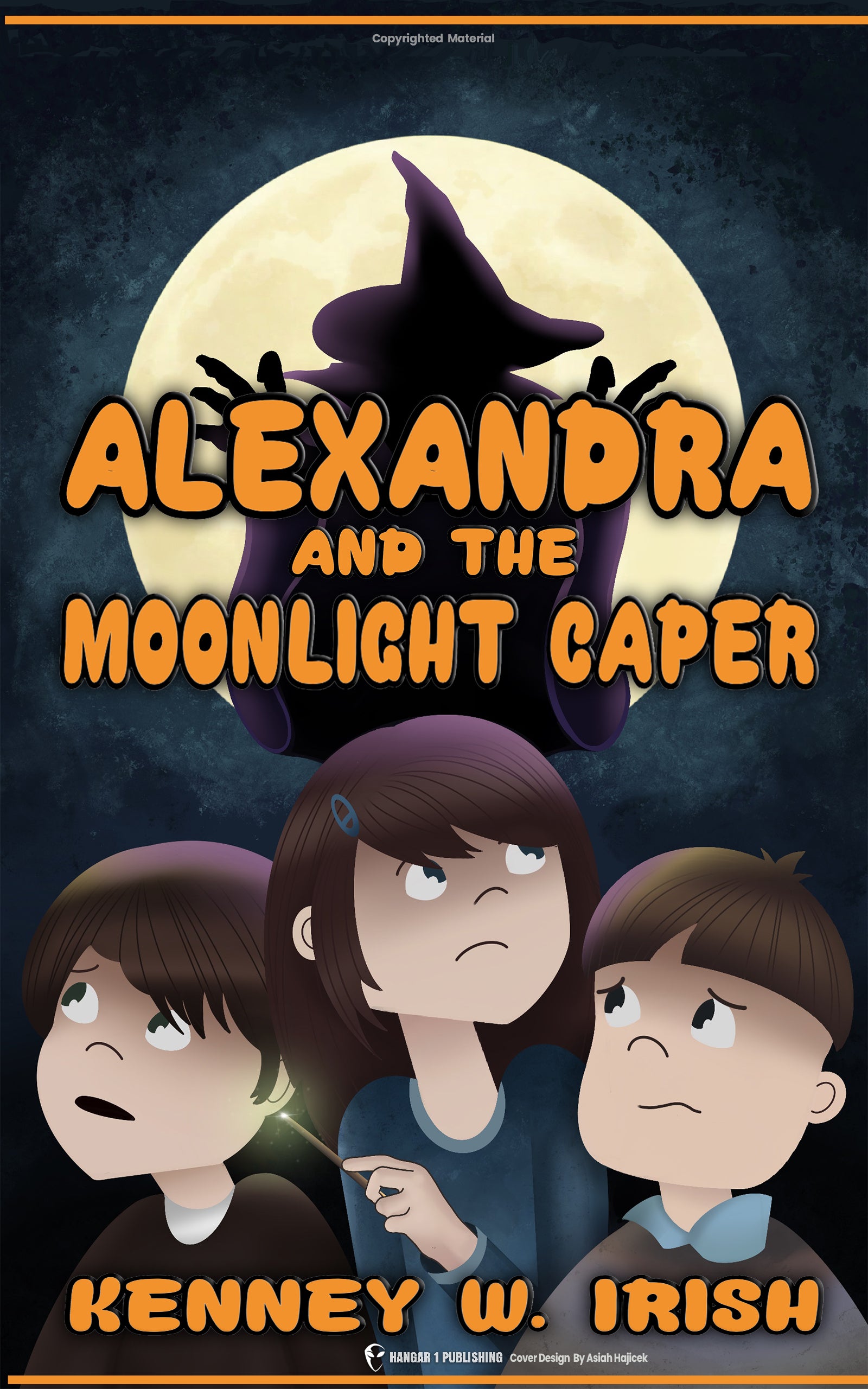Nikola Tesla Conspiracies Explored
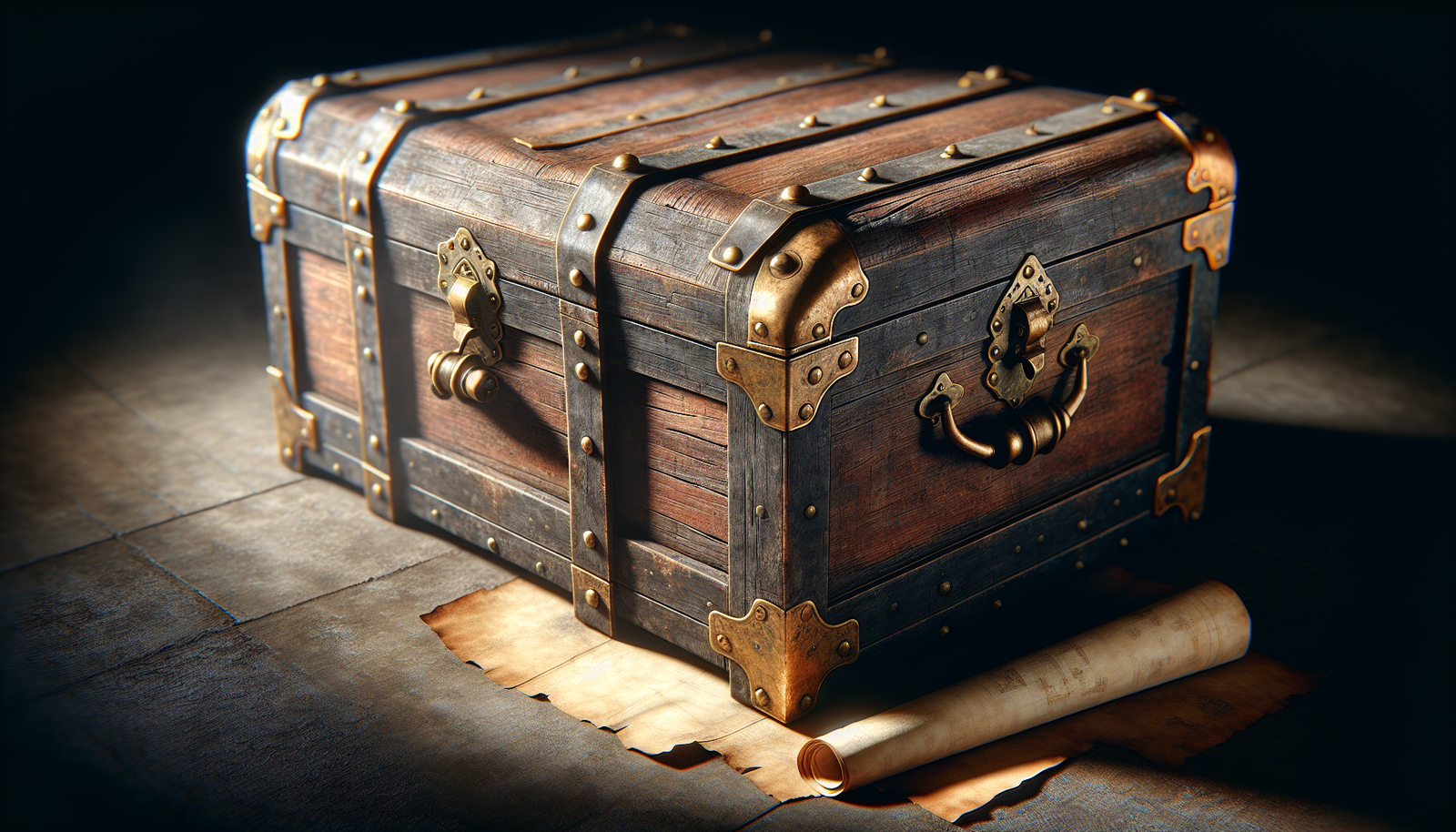
By Elaine Westfield, Ufologist
: An In-Depth Investigation into the Suppressed Legacy of a Visionary Innovator
Beyond the Lightning Strikes and AC Power - Pondering the Mysteries of Nikola Tesla
We all know Nikola Tesla, right? Or at least, we think we do. The name conjures images of crackling electricity, the revolutionary alternating current (AC) system that powers our world, perhaps even the pioneering work in radio. He was, without a doubt, a titan of invention, a man whose mind sparked ideas that fundamentally reshaped the technological landscape. His induction motor, his contributions to hydroelectric power, fluorescent lighting, remote controls – the list is staggering. Our modern lives hum with the echoes of his genius.
But there’s another side to the Tesla story, a narrative whispered in hushed tones, debated in online forums, and investigated in documentaries – a story riddled with unanswered questions and unsettling possibilities. It suggests that the brilliant inventor we celebrate is only part of the picture. What about the rumors of a "death ray" capable of obliterating armies? What about claims of free, wireless energy suppressed by powerful forces? What really happened in the days following his death in that lonely New York hotel room?
This isn’t just about celebrating a forgotten hero; it’s about exploring the persistent claims that powerful entities actively worked to control, suppress, and perhaps even erase crucial parts of Tesla’s legacy. We're embarking on a journey into the heart of these conspiracies, examining the breadcrumbs of evidence left behind – from missing documents and government seizures to conflicting reports and enduring mysteries. Was Nikola Tesla's most radical work deliberately hidden from the world? And just how far did the tendrils of power reach to keep his revolutionary ideas under wraps?
The Foundation of Suspicion: The Mysterious Seizure of Tesla's Estate
The seeds of many Tesla conspiracies were sown in the immediate aftermath of his death. On January 8th, 1943, Nikola Tesla, aged 86, was found deceased in his suite on the 33rd floor of the New Yorker Hotel. He had spent his final decade there, a solitary figure amidst the bustle of the city, reportedly penniless despite his earlier fame. The official cause of death was coronary thrombosis, a blood clot. But the circumstances surrounding the discovery were peculiar. A "do not disturb" sign had hung on his door for two days, meaning he could have been deceased for some time.
More significantly, before anyone could truly take stock, the U.S. government moved with remarkable speed. Representatives from the Office of Alien Property Custodian (OAP) arrived and seized all of Tesla's belongings. Now, hold on a moment. Tesla, though born in Croatia (then part of the Austro-Hungarian Empire), had become a naturalized American citizen decades earlier, in 1891. Why was the Alien Property Custodian involved? This detail alone set off alarm bells. The official explanation, offered amidst the high stakes of World War II, was the need to prevent Tesla’s potentially sensitive scientific papers, especially anything related to weaponry, from falling into the hands of Axis powers or the Soviets. On the surface, a reasonable precaution during wartime.
But the story gets murkier. Tesla himself had reportedly spoken of possessing around 80 trunks filled with his research notes, plans, and models – the culmination of a lifetime of extraordinary work. Yet, according to FBI files and official accounts, only about 60 trunks were recovered from his hotel and other storage locations. What happened to the missing 20 trunks? Were they spirited away before the OAP arrived? Did they contain his most revolutionary – or dangerous – ideas? This numerical discrepancy remains a cornerstone of the conspiracy narrative. Imagine a library suddenly missing its most vital volumes – that's the scale of the potential loss investigators grapple with.
Adding fuel to the fire were reports from Tesla's nephew, Sava Kosanović, a Yugoslavian official who rushed to his uncle's hotel room. By the time he arrived, Tesla's body was gone, and Kosanović immediately suspected that the room had been searched. He noted technical papers were missing, along with a specific black notebook Tesla was known to keep, supposedly containing hundreds of pages, some ominously marked "Government." Furthermore, when Kosanović later gained access to Tesla’s safe (requiring a locksmith), its contents appeared disturbed. Two specific items were confirmed missing: the prestigious Edison Medal awarded to Tesla, and a set of keys. What else might have vanished from that safe, rifled through during the two or three days before Tesla’s body was officially discovered? Who had access? The OAP seizure, the missing trunks, the disturbed safe – it all created a perfect storm of suspicion, suggesting that Tesla's final secrets were the subject of intense, and perhaps clandestine, interest.
The Gatekeeper: John G. Trump and the Dismissal of a Legacy
Enter Dr. John G. Trump. A respected electrical engineer and physicist at MIT, associated with the National Defense Research Committee (NDRC) during the war, he was the man the OAP tasked with analyzing the contents of Tesla’s seized papers. His involvement adds another fascinating layer to the story, particularly given his family connection – he was the uncle of the future 45th U.S. President, Donald J. Trump.
After a three-day examination of the voluminous material (a remarkably short time, some argue, to assess the life's work of a genius), Dr. Trump delivered his verdict. He concluded that Tesla's thoughts and efforts during his later years "were primarily of a speculative, philosophical, and somewhat promotional character often concerned with the production and wireless transmission of power; but did not include new, sound, workable principles or methods for realizing such results." In essence, Trump declared the papers held little of practical value for national security or scientific advancement. Nothing to see here, folks.
Was this an objective assessment, or something else? Conspiracy theorists point to the speed of the review and the seemingly dismissive tone as evidence of a potential cover-up. How could the later ideas of the man who revolutionized electricity be so easily waved away? The familial link to a future president, while perhaps coincidental, is often cited as adding weight to the idea of a long-standing effort to control the narrative around Tesla's potentially disruptive technologies. Donald Trump himself has referenced his uncle's scientific acumen, mentioning how his uncle explained "nuclear before nuclear was nuclear," hinting at the family's proximity to sensitive scientific knowledge.
The plot thickens considerably when you juxtapose Trump's official dismissal with documented military interest in Tesla's more 'out there' ideas. Despite the OAP report concluding there was nothing workable, copies of Tesla's papers concerning particle beam weaponry – his famed "death ray" – were specifically requested and sent to Wright Patterson Air Force Base in Dayton, Ohio. There, an operation code-named "Project Nick," reportedly under the command of Brigadier General L.C. Craigie (a pioneering aviator himself), was funded to investigate the feasibility of Tesla's concepts. Marc Seifer, author of Wizard: The Life & Times of Nikola Tesla, highlights this dichotomy, noting Craigee believed "there's something to this—the particle beam weapon is real."
So, we have one government-affiliated group, led by John G. Trump, saying Tesla's later work was essentially fluff, while another military group actively investigates the potential of that very same work. This contradiction is hard to ignore. To make matters even more suspicious, the details of Project Nick were never published, the project was apparently discontinued, and, crucially, the copies of Tesla's papers sent to Wright Patterson mysteriously vanished. Where did they go? It strongly suggests that something of value was found, something deemed important enough to pursue but also important enough to keep completely secret, even burying the research itself.
The Weapon That Never Was... Or Was It?: The Death Ray Conspiracy
Few aspects of Tesla’s later life stir more speculation than his "death ray," or as he preferred to call it, "Teleforce." First announced publicly in the 1930s, Tesla described it not as a ray like in science fiction, but as a particle beam weapon. He envisioned it as a defensive shield, an invisible "Chinese Wall" capable of projecting concentrated beams of particles to destroy approaching enemy aircraft or hardware from hundreds of miles away. His stated goal was idealistic, almost paradoxical: to create a weapon so powerful it would make war impossible. An end to all aggression through mutually assured annihilation, decades before the nuclear age truly dawned.
Naturally, such a claim attracted attention, particularly as global tensions escalated towards World War II. Tesla sought patrons, offering his invention to the United States and Great Britain, reportedly without success. Then, in 1935, came an alleged deal with the Soviet Union. Research points to documents held in the Nikola Tesla Museum in Belgrade, Serbia, detailing an agreement between Tesla and Amtorg Trading Corporation (an arm of the Soviet government) for $25,000 – a considerable sum during the Great Depression – related to the Teleforce technology.
However, investigators visiting the museum, like those featured in "The Tesla Files," encountered frustrating roadblocks. When asking to see the signature page of this potentially explosive contract, the museum director demurred, citing procedural hurdles. This reluctance immediately begs questions: Is the signature authentic? Is it Tesla's? Was the deal ever truly consummated, or did someone else collect the money? Could US intelligence have intervened to scuttle the arrangement? The lack of transparency surrounding this key document only deepens the mystery and feeds the belief that the truth about Teleforce is being deliberately obscured.
The intrigue doesn't end there. Decades later, in the 1980s, President Ronald Reagan announced the Strategic Defense Initiative (SDI), popularly dubbed "Star Wars." A major component of this ambitious, multi-billion-dollar program was research into directed-energy weapons, including particle beams, designed to intercept and destroy incoming ballistic missiles. The parallels between the concepts behind SDI's particle beam research and Tesla's descriptions of Teleforce are striking. Did the US military, perhaps working from those vanished Project Nick papers or other hidden Tesla documents, secretly draw upon his designs? While concrete proof is lacking, the convergence of concepts separated by nearly half a century keeps the "death ray" conspiracy alive and pulsing. Did Tesla truly conceive of a weapon decades ahead of its time, only for its plans to be absorbed into the classified archives of military powers?
Suppressed Innovations: Wireless Power and Free Energy
Beyond world-ending weaponry, perhaps the most persistent Tesla conspiracy revolves around his vision for energy. Tesla dreamed of a world liberated from the constraints of wires, powered wirelessly through the earth and atmosphere. This wasn't just a fantasy; he conducted extensive experiments, most famously during his time in Colorado Springs around 1899. There, amidst the Rocky Mountains, he built a massive experimental station and claimed astonishing feats: transmitting power wirelessly over miles, illuminating hundreds of light bulbs planted in the ground without physical connection, and harnessing the resonant frequency of the Earth itself. He believed the Earth could act like a giant conductor.
His next grand project was Wardencliffe Tower on Long Island, intended as a global broadcasting station for both communications and wireless power. Imagine free, or at least incredibly cheap, electricity available anywhere on the planet. It was a revolutionary, potentially world-altering vision. But it famously failed. Tesla's primary investor, the powerful financier J.P. Morgan, pulled his funding. The official story often centers on Marconi beating Tesla in transmitting radio signals across the Atlantic, diminishing Wardencliffe's perceived value.
However, conspiracy theories offer a different perspective. They highlight J.P. Morgan's vast investments in industries directly threatened by Tesla's wireless power concept – copper mines (for wires), electrical infrastructure, maybe even the burgeoning oil industry. Was Morgan's withdrawal less about Tesla's progress and more about protecting his own empire from obsolescence? Did he actively work not just to defund Wardencliffe, but to discredit Tesla and ensure his vision never materialized? The fact that Tesla struggled financially for the rest of his life, despite his genius, adds weight to this theory.
Further intrigue surrounds the Wardencliffe site itself. Researchers have scoured archives for the tower's blueprints, designed by noted architect Stanford White, but they seem to have vanished without a trace. Why would the plans for such a significant structure disappear so completely? Adding to the mystery, recent investigations using ground-penetrating radar (GPR), as documented in "The Tesla Files," confirmed long-standing rumors of extensive, elaborate tunnels deep beneath the tower base. What was their purpose? They suggest a facility far more complex than a simple transmission tower, hinting perhaps at deeper, more secret experiments related to earth conductivity or energy generation.
This ties into the broader "free energy" conspiracy: the belief that Tesla discovered methods to tap into abundant, ambient energy in the environment – energy "from the thin air," as some romanticized accounts put it. Fictional works like "The Tesla Conspiracy" explore this idea, imagining modern attempts to replicate a Tesla car running on such principles. The narrative posits that these technologies were actively suppressed by powerful energy corporations and governments invested in maintaining control through fossil fuels and metered electricity.
While extraordinary claims require extraordinary evidence, modern attempts to replicate some of Tesla's less ambitious wireless experiments have shown success. Researchers have managed to wirelessly light LED bulbs using Tesla coils and the ground as a conductor, mirroring the principles Tesla described in Colorado. These demonstrations, while small-scale, lend a crucial element of validation. They show that Tesla's fundamental ideas about wireless transmission weren't mere fantasy. If his basic concepts worked, it makes the possibility that his more advanced, potentially suppressed energy technologies were also viable seem far more plausible.
Erasing the Name: The Conspiracy of Historical Suppression
Alongside the theories of suppressed inventions runs a parallel thread: the idea that Nikola Tesla's very name and contributions have been deliberately diminished or even erased from mainstream historical accounts. Think about it – how many people readily name Tesla when asked about the pioneers of radio? Often, Guglielmo Marconi gets the credit, despite the U.S. Supreme Court ruling in 1943 (ironically, the year of Tesla's death) which upheld Tesla's prior radio patents. Why does this misconception persist in textbooks and popular knowledge?
Similarly, while his work on AC power is acknowledged, its true revolutionary impact and his battles against powerful opponents like Thomas Edison are often glossed over. Edison, a master of public relations and business, actively campaigned against AC, even resorting to public electrocutions of animals to "prove" its dangers and discredit Tesla and his backer, George Westinghouse. While AC ultimately won the "War of Currents," the narrative often subtly favors the more familiar Edison.
Conspiracy adherents argue this isn't mere oversight; it's part of a concerted effort. Why? Perhaps to prevent people from digging deeper, from asking questions about his later, more controversial work. If you marginalize the man, you marginalize his ideas – especially the ones that challenge established power structures or scientific paradigms. By downplaying his role in foundational technologies like radio, it becomes easier to dismiss subsequent claims about death rays or free energy as the ramblings of an eccentric has-been.
This perceived historical suppression connects directly back to the handling of his estate. The initial dismissal of his papers by John G. Trump, the missing files, the secrecy surrounding military projects potentially based on his work – it all contributes to a pattern. Control the documents, control the narrative. Keep the public focused on the "safe" parts of his legacy and bury the rest. The powerful forces that may have opposed him during his life – rival inventors, industrialists fearing disruption – laid the groundwork. Later actions, perhaps by government agencies wanting to control potentially powerful technologies, arguably continued the process. The enduring mystery surrounding Tesla's files and the unanswered questions ensure that his place in history remains contested, fueling the very conspiracies that seek to uncover what they believe is a hidden truth.
Unanswered Questions and Lingering Suspicions
So, where does this leave us? We're faced with a constellation of unsettling facts and persistent questions. The 20 missing trunks, vanished like ghosts from a locked room. The official dismissal of Tesla's papers by John G. Trump, starkly contrasted by the military's simultaneous, secret investigation into those same ideas via Project Nick, whose own papers then disappeared. The tantalizing, yet unconfirmed, story of the Teleforce weapon and its potential echoes in modern defense programs. The revolutionary dream of wireless power, possibly thwarted by industrial giants, evidenced perhaps by missing blueprints and mysterious tunnels at Wardencliffe. And the subtle, yet undeniable, minimization of Tesla's monumental contributions in the annals of history.
Who stood to gain from this veil of secrecy? Governments, perhaps, seeking exclusive access to paradigm-shifting weaponry or energy sources, or simply wishing to prevent instability. Powerful industries, undoubtedly, keen to protect their established infrastructures and profit models from the disruption of free or radically different energy technologies. Even individuals, driven by rivalry or the desire to control the future course of technology. Tesla's case touches on profound ethical questions about who owns knowledge – the inventor, the state, or humanity? And how should societies balance national security with scientific transparency and progress?
It's little wonder that Tesla conspiracies continue to fascinate. The man himself was a figure of immense brilliance and undeniable eccentricity. The documented facts – the government seizure, the conflicting evaluations, the missing materials – provide fertile ground for suspicion. In an age often marked by distrust of authority, the narrative of a lone genius whose world-changing ideas were suppressed by shadowy forces holds powerful appeal. It speaks to the allure of hidden knowledge, the possibility that reality is more complex and controlled than it appears.
The search for answers continues. Researchers pore over declassified documents, historians revisit archives, and dedicated enthusiasts even attempt to replicate his experiments, seeking to separate scientific fact from speculative fiction. Yet, definitive proof for the most dramatic theories remains elusive, tangled in a web of decades-old secrecy, lost evidence, and conflicting accounts.
What we can say with certainty is that the handling of Nikola Tesla's legacy is far from straightforward. The documented anomalies and unanswered questions are too significant to dismiss entirely. While we may never know the full truth about the missing trunks or the full extent of his later work, the facts themselves justify the enduring suspicion. They compel us to keep asking questions, to challenge the accepted narrative, and to wonder what incredible secrets, born from the mind of one of history's most brilliant inventors, might still lie hidden, waiting for the right spark to bring them into the light.
From Bigfoot to UFOs: Hangar 1 Publishing Has You Covered!
Explore Untold Stories: Venture into the world of UFOs, cryptids, Bigfoot, and beyond. Every story is a journey into the extraordinary.
Immersive Book Technology: Experience real videos, sights, and sounds within our books. Its not just reading; its an adventure.


